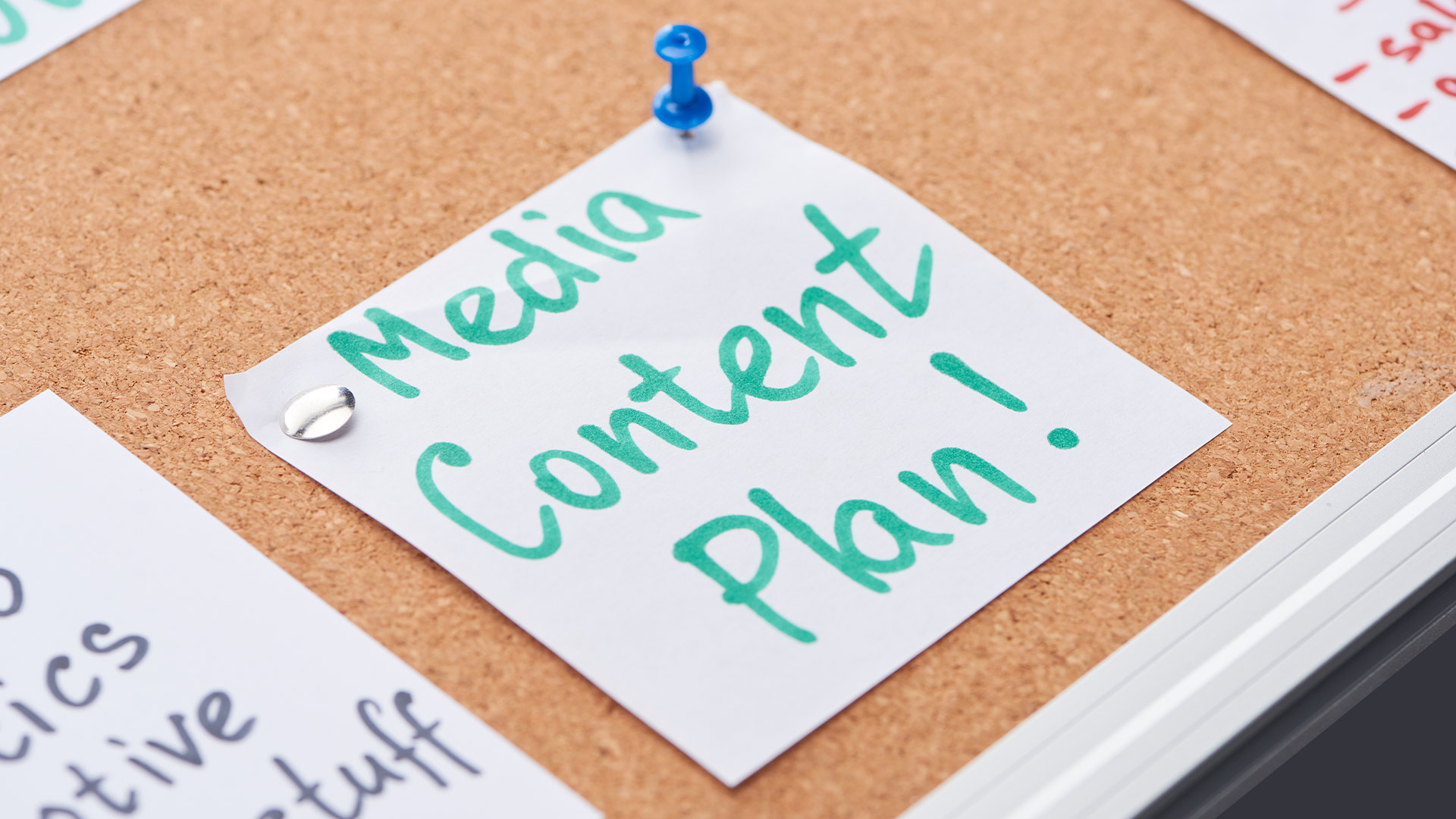There’s this golden rule in short-form content that too many creators overlook: if you can’t hook them in five seconds, they’re gone. But what about the other half of the equation—how long should you hold them once they’re in?
Let’s break down how the 5-minute mindset can help you win the scroll game, even if your video is just 30 seconds long.
The Hook: First 3–5 Seconds Are Everything
It’s harsh, but true—viewers decide whether to watch your video within seconds. The opening shot, sound, and text all scream one thing: “Should I care?”
If the answer isn’t instantly clear, swipe.
So what actually works in that tiny window? A few tried-and-true strategies:
- Visual shock: Big movements, bright colors, weird angles. Think upside-down camera or zoom into a shocked face.
- Start with the result: If it’s a tutorial, show the end product before showing the process.
- Use curiosity gaps: Say just enough to spark a “wait, what?” reaction. For example: “I’ve been doing this wrong for 10 years—until now.”
- Interrupt expectations: If your niche is full of calm tones, start with a shout. If it's chaotic, try whispering.
- Text that teases: Overlay a sentence that sets up tension. “The mistake that almost cost me my job.” You know people will wait to hear it.
The goal? Get them to pause. If someone pauses even half a second longer than they would’ve, you’ve already signaled value to the algorithm.
The Hold: Keeping Them Glued for the Long Haul
Once someone’s in, don’t let the pace drop. But holding attention isn’t just about yelling or adding cuts every second. It’s about controlled rhythm.
Here’s how to hold their attention past the scroll threshold:
- Edit for flow, not flash: Don’t throw in a transition just to show off. Cut when there’s a reason—like a punchline, twist, or escalation.
- Layer new information: Every few seconds, add something new. New angle, new prop, new line of thought.
- Anticipation is king: Tease what’s coming next. “And here’s the part that almost ruined everything...”
- Use countdowns or lists: “Here are the top 3 reasons why...” signals there’s a structure. Viewers mentally commit to seeing the list complete.
- Camera movement = momentum: Even subtle motion adds energy. Try slow zooms, handheld vibes, or slider pans—even if it's all digital.
Even a 15-second video has a mid-section that can lose people if it stalls. Always ask yourself: if I wasn’t me, would I keep watching?
Should You Ever “Hold” at the Beginning?
Surprisingly, yes—but only in specific contexts. Some storytelling or emotional content actually benefits from a slow start… if you’ve earned the viewer’s trust.
Here’s when it works:
- You’re known for storytime: If your audience knows you, they’ll give you a few seconds to warm up.
- You open with intrigue: A pause, a sigh, a silent stare into the camera—it can be powerful if your content payoff is strong.
- The vibe is the hook: Sometimes the setting itself is the pull. A stunning view, a quiet room with morning light, or a perfectly framed food shot can slow people down instead of speeding them up.
But this is risky if you’re not already known. For most creators, speed hooks trust. Slower pacing requires trust first.
Hook + Hold = Retention
Here’s what most forget: the algorithm doesn’t care if your video is good. It cares if people watch it through.
That means your job isn’t just to get the first click—it’s to build a retention curve that climbs, not dips.
How?
- Plan your content like a sandwich: Hook first, juicy meat in the middle, then a strong close or punchline.
- Reward viewers for staying: Reveal something surprising at the end, include a twist, or even drop a bonus line.
- Watch your analytics: Go into your platform’s video stats. Where are people dropping off? Fix it there.
One great way to spot holes is to read your retention graphs backward. What’s happening 2 seconds before the big drop? That’s your weak spot.
Don’t Just Follow the “Shorter Is Better” Rule Blindly
Yes, attention spans are short. But that doesn’t mean every video should be 7 seconds.
Longer videos can go viral—if they’re structured right.
The key is pacing:
- A 15-second tip video still needs variety.
- A 60-second story still needs micro-hooks every 5–10 seconds.
- A 3-minute mini-documentary needs serious scene-building and mood shifts.
There’s no one magic length. But there is a magic structure: keep earning attention every few seconds.
The “Invisible Hook” Technique
Sometimes you don’t need a hard hook—you just need to feel authentic.
This works especially well in niches like lifestyle, productivity, or day-in-the-life vlogs. You start casually, no hype, just doing something interesting… and people stay.
Why?
Because it doesn’t feel like a pitch. It feels like a window into a moment. People stay because it feels real.
Try filming the middle of the action. Then loop back to explain. Or let the hook emerge organically—like casually mentioning a weird fact and doubling back.
Quick Checklist Before You Post
- Does the first frame say something or just look nice?
- Is there any “dead air” in the first 3 seconds?
- Are you visually or emotionally moving every 5 seconds?
- Will someone care what happens next?
If you can’t confidently say yes to at least three of those, your video’s probably not ready.




